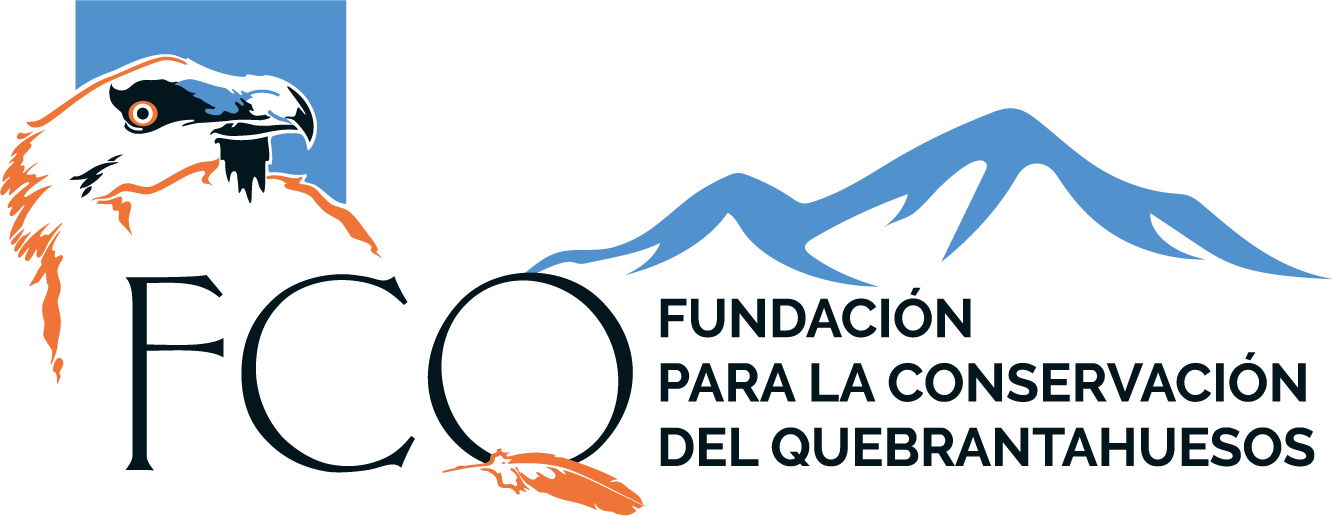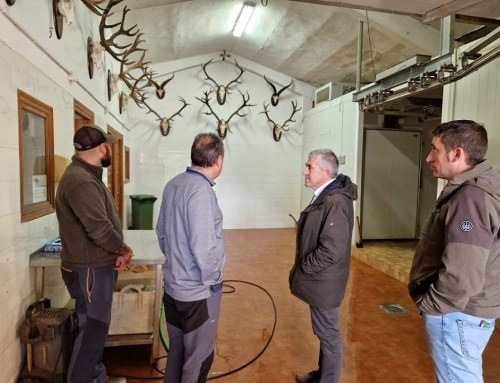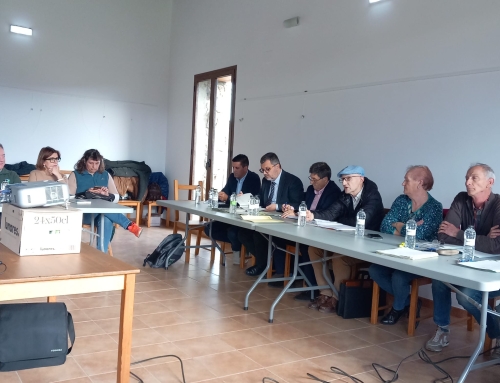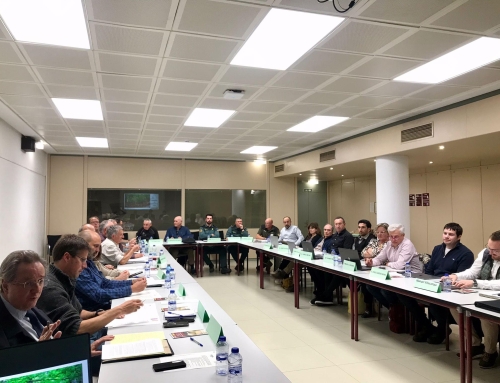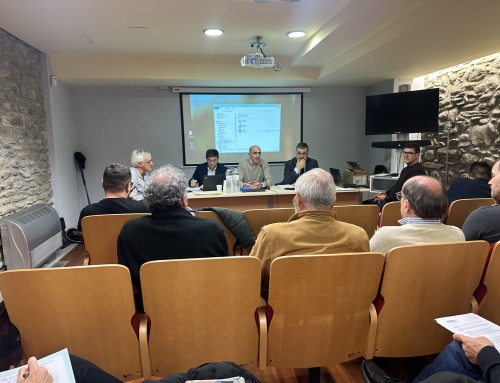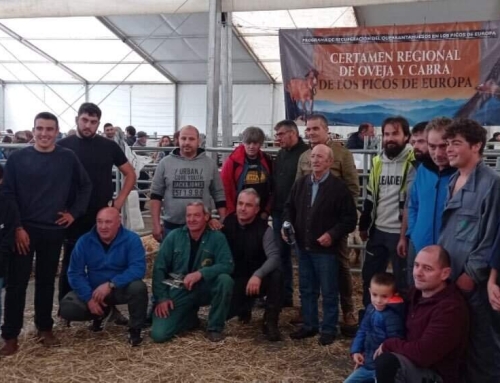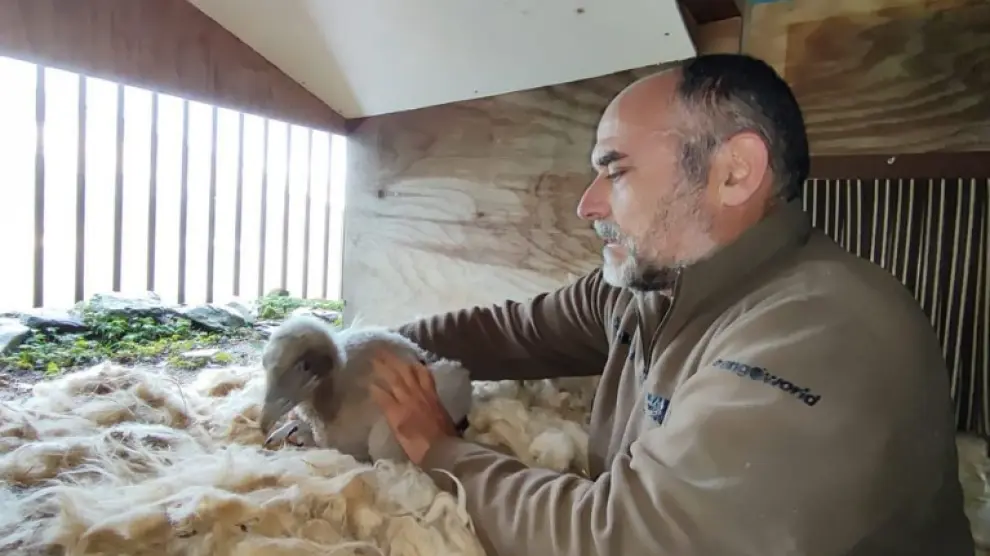
Of the ten eggs recovered earlier this year in the Pyrenees, one is already flying free and the others are still in the field breeding area.
After incubation and subsequent hatching in the Recovery and Breeding Center of La Alfranca, the ten lammergeier eggs collected earlier this year in the Aragonese Pyrenees, grow up and learn “manners” in the field breeding area of the National Park of Ordesa and Monte Perdido, where they remain until they are about 90 days old, experiencing their first adaptation to life in the wild. They arrived at the Ordesa breeding platform when they were about 40 days old, in a staggered way, and since this week, the first of the ten chicks is already flying in freedom, in their case, over the skies of Picos de Europa. This Sunday was made the “veterinary checkup” and was marked for subsequent transfer to the National Park, explains Juan Antonio Gil, of the Foundation for the Conservation of the Bearded Vulture (FCQ). After the departure of this specimen, nine chicks of different ages remain in the field breeding area of Ordesa. They will remain there for a first adaptation to life in the wild until they are approximately 90 days old, at which time they will be taken to the area of Sierra de Gredos (4) and the remaining five to Picos de Europa, says Gil. The first chicks were taken to the wild breeding platform at the beginning of April and there were four of them. In front of the infrastructure, they have a bearded vulture feeder, managed by the National Park of Ordesa and Monte Perdido, from where “they see the evolution of the specimens that are outside, in the wild, so that they can acquire the same social behaviors,” explains the FCQ technician. ” This adaptation period on the breeding platform is done in conditions of human isolation”, he warns, and points out that the hatchlings “never see or hear people”. They are fed with a puppet that simulates the figure of the lammergeier. The ten eggs were collected between January and February 2024, in the Aragonese Pyrenees, for subsequent incubation in the center of Zaragoza because they came from “pairs with high chances of loss,” says Gil. The Life Iberian Corridors for the Bearded Vulture project is financed by the European Union’s Life financial instrument and is developed in areas of the Natura 2000 network, with the aim of ensuring the long-term conservation of the Bearded Vulture in Europe. At present, ninety pairs of bearded vultures live in Aragon, while between France and Spain the census amounts to almost 200 pairs.
Source:
